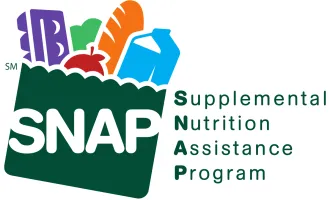
New Housing Fund Draws Complicated Questions
Despite uncertainty over eligibility, students seem excited about the new Cost of Living Supplement (COLS) introduced by UCSF earlier this year to help offset San Francisco’s steep housing cost.
Around two dozen students filed into a lecture hall on the Parnassus campus on Wednesday, May 10, to get answers during a town hall held by UCSF administrators, including Vice-Chancellor Elizabeth Watkins and Interim Director of Financial Aid, Ron James.
According to the program literature, COLS is intended “to bridge the gap for students enrolled in degree programs who are not living in campus housing.”
The need-based program will provide $2,400 to current and admitted students — except those enrolled more than five years — starting in the 2016-17 academic year.
The Free Application for Federal Student Aid (FAFSA) is the main deciding factor for who receives the lump sum.
Pointing to the fact that it’s a pilot program, Watkins urged students to provide feedback.
“This is a campus of scientists and entrepreneurs, and this [program] is, in essence, an experiment,” said Watkins.
After reiterating the goals of the program, Watkins opened the room up for questions.
A graduate student asking how far the “Bay Area” extended as postulated by the program.
“Let me put it this way — I don’t think we have any students commuting in from Tahoe,” Watkins joked, before explaining that all students that live close to UCSF would be eligible.
She noted that some students are choosing to living further and further away from campus.
The COLS application asks for the applicant’s share of monthly rent, stating that “to be eligible for COLS, you must incur monthly rent expenses.” This led a student to ask whether the amount of rent a student pays would impact eligibility.
James said the Financial Aid Office is using the monthly rent information for data gathering purposes only. Applicants may also have to provide proof of rent, although it isn’t required during the application process.
Focus group feedback, said Watkins, led the administration to settle on $200 per month as a sum that would help to unburden the most students possible while still remaining within the program’s funding allotment — an amount acquired thanks to a single anonymous donation specifically intended to help defer students' housing costs.
The established eligibility criteria was a point of dispute for some students. A graduate student asked why the funding was not meted out equally among all students at UCSF, since he believed that, because tuition is similar, all students had the same level of need.
Watkins pushed back on the notion that all students are necessarily in the same boat.
“Some students are needier than others,” she said.
However Watkins acknowledged that questions remain — she didn’t quite know how many applications the program would receive or how many applicants would qualify, adding that the eligibility model was still a work in progress.
“We get that it really doesn’t make a lot of sense… no system is perfect,” she said. “There’s a lot of nuances that we’re really not taking into consideration.”
The COLS application is now live on the website of the Office of Financial Aid. Watkins encouraged all attendees to apply before the closing date of July 1.
Applicants will learn of the decision by August 15 and the lump sum will be paid out on October 5.


